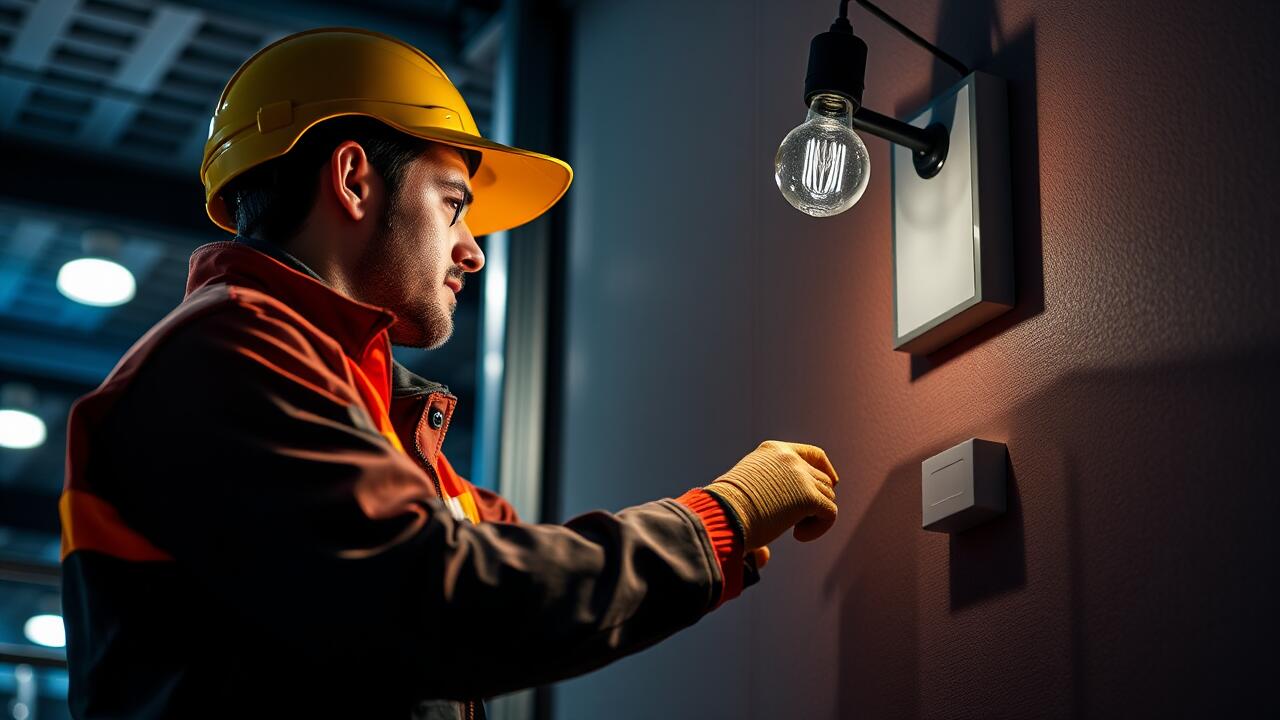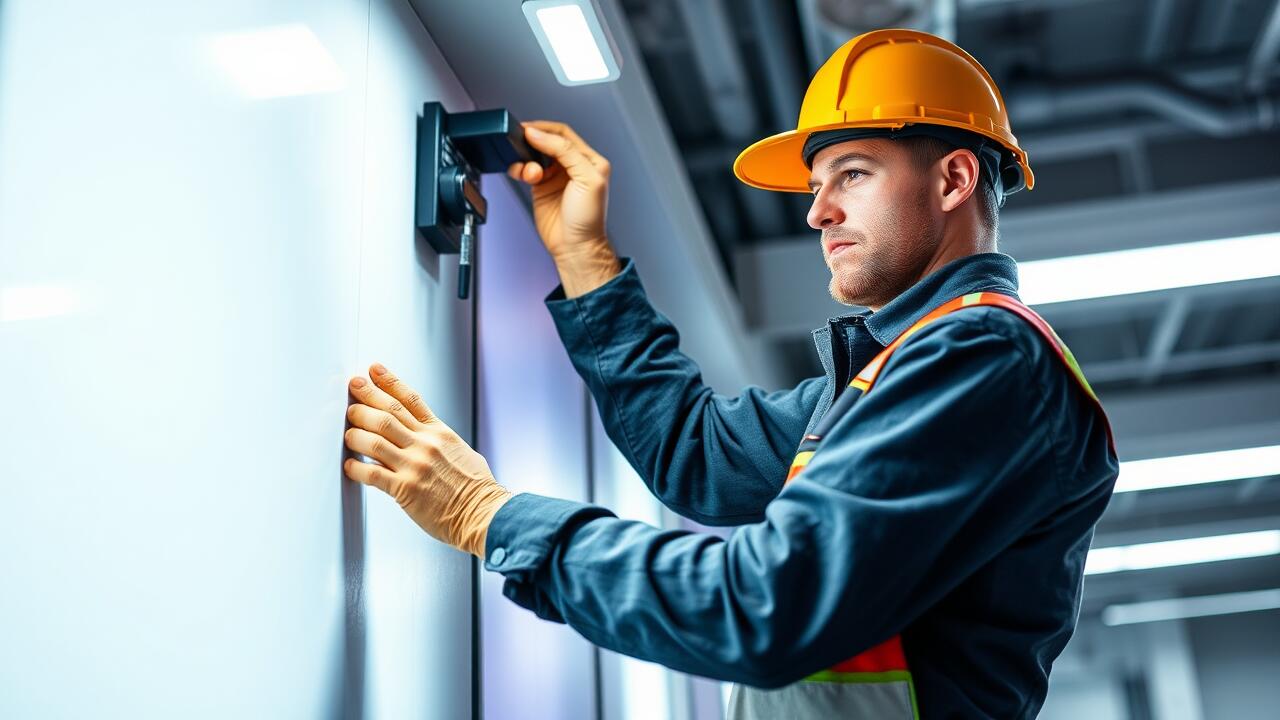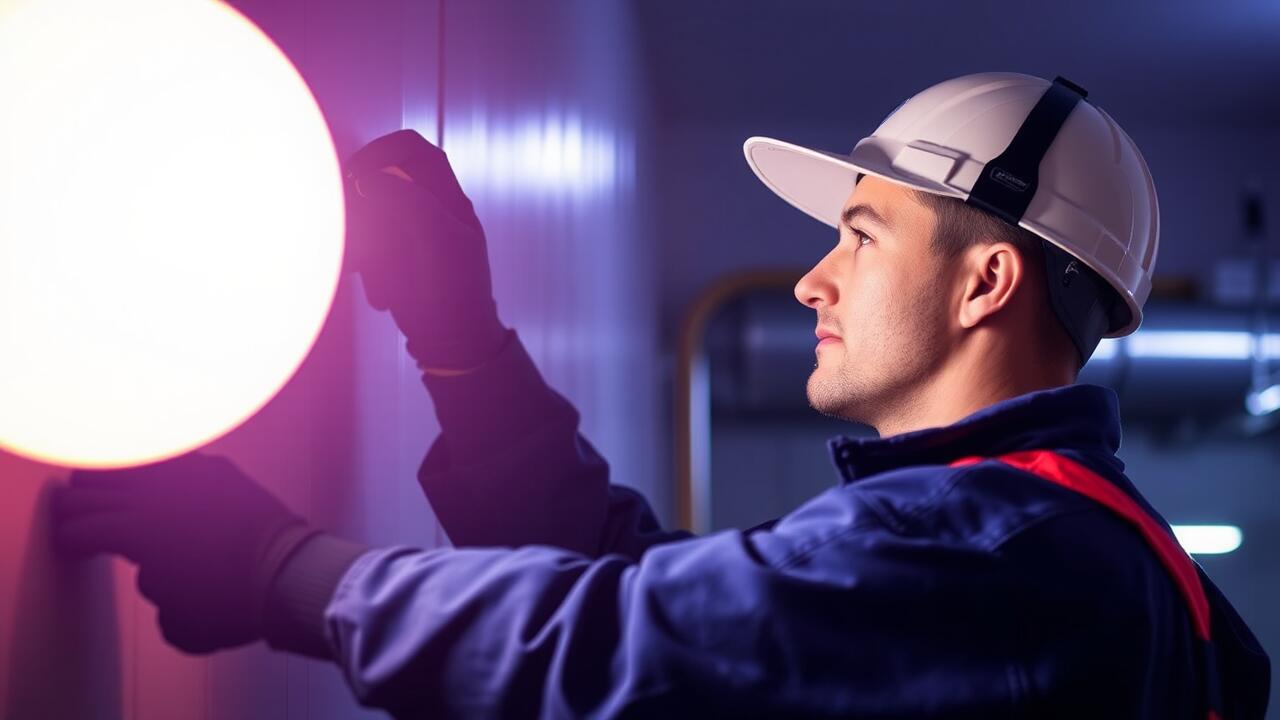
Energy Efficiency Considerations
When selecting light fixtures, energy efficiency plays a crucial role in reducing both environmental impact and electricity costs. LED lights are becoming increasingly popular due to their longevity and lower energy consumption compared to traditional incandescent bulbs. By opting for energy-efficient fixtures, homeowners can significantly decrease their carbon footprint while enjoying brighter, more sustainable lighting options.
For those in areas like Spring Branch West, Houston Lighting Installation often includes a variety of energy-efficient solutions tailored to specific needs. Many local retailers and contractors focus on modern designs that not only enhance aesthetics but also promote sustainability. This dual focus on style and efficiency is essential for creating an inviting and eco-friendly environment in any space.
Understanding LED vs. Incandescent
LED and incandescent bulbs offer distinct advantages and disadvantages that can significantly impact your lighting choices. LED bulbs are known for their energy efficiency, offering up to 80% more efficiency than traditional incandescent bulbs. They have a longer lifespan, often lasting up to 25,000 hours, which reduces the frequency of replacement. This makes them a popular choice not only for residential settings but also for commercial applications looking to save on energy costs.
On the other hand, incandescent bulbs provide a warm, inviting light that many find appealing. They work well in spaces where ambiance is a priority, despite their shorter lifespan averaging just 1,000 hours. For those in areas like Spring Branch West, Houston Lighting Installation services can guide you in selecting the right type of bulb for your specific needs, ensuring that you balance aesthetics and efficiency effectively. Choosing between these options often comes down to personal preference and the specific requirements of each space.
Layering Light
Layering light is essential for creating a well-lit and inviting space. This approach involves combining different types of lighting to enhance functionality and aesthetics. Ambient lighting provides a base level of illumination, ensuring that a room feels welcoming. Task lighting focuses on areas where activities are performed, such as reading or cooking. Accent lighting adds character and highlights specific features, be it artwork or architectural details.
When considering your lighting design, think about how these layers can work together. Choosing the right fixtures requires attention to style, size, and brightness. For those in Spring Branch West, Houston lighting installation services can help you achieve the perfect balance. A thoughtful mix of ambient, task, and accent lighting can transform your space into a harmonious environment that caters to both practicality and beauty.
Implementing Ambient, Task, and Accent Lighting
Ambient lighting serves as the foundation for a well-lit space, providing overall illumination and creating a welcoming atmosphere. This type of lighting enhances visibility and sets the tone for an area. Ideal for living rooms, bedrooms, and hallways, ambient lighting can be achieved through various sources, including ceiling fixtures, recessed lights, or wall-mounted sconces. The right approach can transform a simple room into an inviting haven.
Task lighting focuses on specific activities, ensuring that workspaces are adequately illuminated for functionality. This includes bright lights over kitchen counters, desk lamps for reading, or under-cabinet lighting in kitchens for food preparation. Accent lighting, on the other hand, highlights particular features within a room, such as artwork or architectural elements. For those considering an upgrade or installation, incorporating Midtown, Houston Lighting Installation services can help create a balanced and visually appealing lighting scheme that caters to all needs.
Height and Placement Guidelines
When selecting the height for your light fixtures, consider the function of the space and the type of lighting being used. For general ceiling lights, a standard height of seven to nine feet from the floor is recommended to ensure adequate illumination while avoiding any obstruction. If you're working with pendant lights over kitchen islands or dining areas, aim for a height of 28 to 34 inches above the surface to allow for both functionality and aesthetics.
Placement is equally important in creating a cohesive lighting design. Overhead fixtures should be centered within the room for an even distribution of light. For specific tasks such as reading or cooking, task lights should be placed close to the working area. In Spring Branch West, Houston lighting installation experts can assist with customized solutions to achieve the ideal configuration tailored to your unique space.
Ensuring Proper Fixture Positioning
Proper fixture positioning significantly enhances both functionality and aesthetic appeal in a space. When arranging light fixtures, consider the purpose of the illumination. For example, task lighting should be placed directly over work areas, such as desks or countertops, to eliminate shadows and ensure comfort during activities. Ambient lighting should fill the room uniformly, creating a warm, inviting atmosphere while avoiding harsh contrasts.
In residential settings, it's essential to take into account the height of the ceiling and the scale of the room. Fixtures installed too high may fail to provide adequate lighting, while those placed too low can disrupt flow and accessibility. In Spring Branch West, Houston lighting installation professionals often recommend measuring the distance from the floor to the bottom of hanging fixtures, ensuring they are positioned around 30 to 36 inches above surfaces like dining tables. This approach optimizes both function and design within diverse interiors.
FAQS
What should I consider when choosing light fixtures for energy efficiency?
When choosing light fixtures for energy efficiency, consider the type of bulbs used (such as LED vs. incandescent), the wattage, and the overall energy consumption of the fixture. Look for fixtures that are ENERGY STAR certified to ensure they meet energy efficiency guidelines.
What are the main differences between LED and incandescent light bulbs?
LED bulbs are more energy-efficient, have a longer lifespan, and produce less heat compared to incandescent bulbs, which are less energy-efficient, have a shorter lifespan, and generate more heat. Additionally, LEDs come in a variety of color temperatures, while incandescents typically have a warm tone.
How can I effectively layer light in my space?
To effectively layer light, incorporate three types of lighting: ambient (general) lighting for overall illumination, task lighting for specific activities, and accent lighting to highlight decorative features. This combination creates a balanced and inviting atmosphere in your space.
What are the best practices for fixture height and placement?
The ideal height and placement of light fixtures depend on the type of fixture and the purpose. For example, pendant lights should typically hang 30-36 inches above a dining table, while wall sconces should be installed about 60 inches from the floor. Consider the size of the room and the height of the ceilings when determining placement.
How do I ensure proper positioning of my light fixtures?
To ensure proper positioning, evaluate the intended use of the space and the activities that will take place there. Consider the natural light sources, the layout of furniture, and the height of the ceiling. Test different fixture placements to find the most effective arrangement for illumination and aesthetics.




